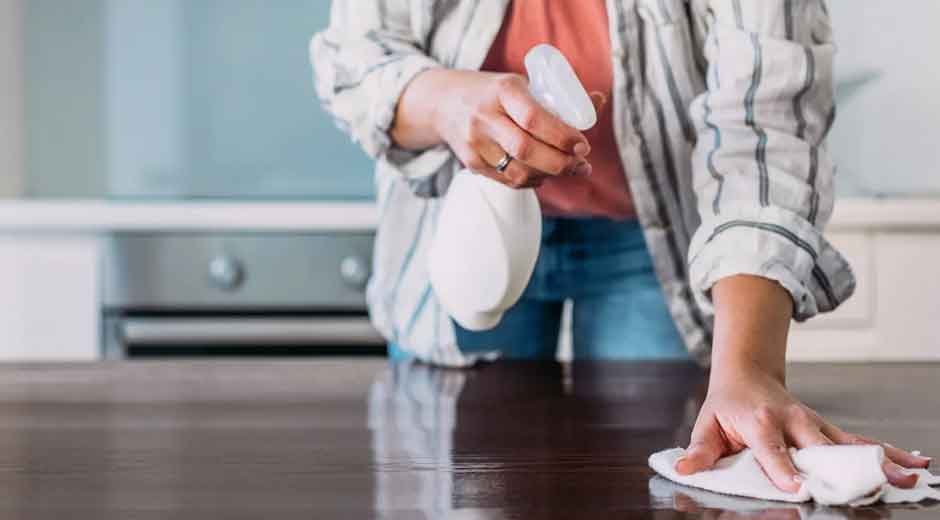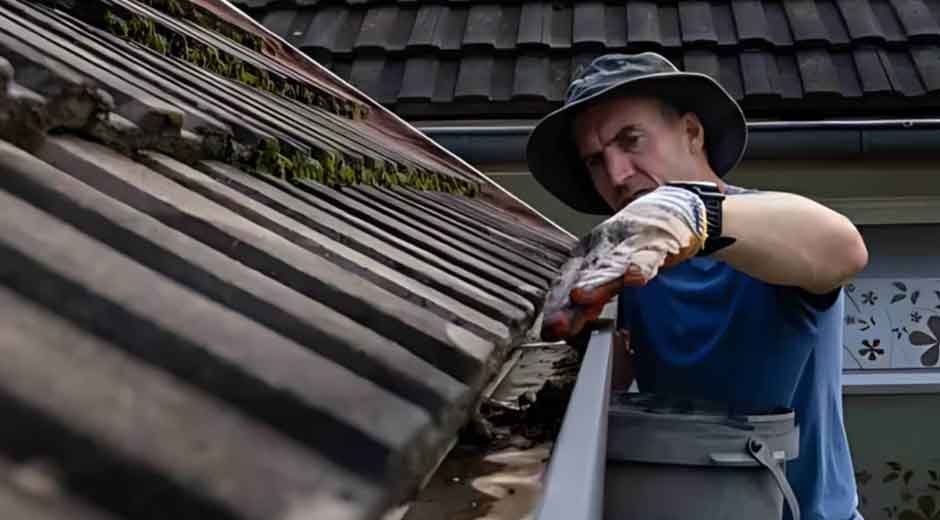When choosing a roof, most homeowners prioritize durability, cost, and material. But there’s another factor that plays a powerful role in both aesthetics and performance, color. The shade of your roof can affect not only your home’s curb appeal but also its energy efficiency, making color psychology a valuable tool in the decision-making process.
The Emotional Impact of Roof Colors
Just like interior design, exterior colors can influence perception and emotion. Your roof accounts for a large percentage of your home’s visual real estate, making its color a key contributor to first impressions, as shared by Blue Roof Property Management specialists.
- Dark Roofs (Black, Dark Gray, Deep Brown): These colors project sophistication, formality, and permanence. They tend to pair well with brick or stone homes and create a striking contrast against lighter siding. However, they can also absorb more heat.
- Light Roofs (White, Beige, Light Gray): Lighter shades evoke a feeling of openness, cleanliness, and modernity. These colors are often found in Mediterranean-style or coastal homes, promoting a breezy, relaxed aesthetic.
- Warm Tones (Terracotta, Red, Copper): These colors suggest warmth, tradition, and energy. They work beautifully with stucco and clay architecture and are popular in warmer climates for their cultural ties and visual appeal.
- Cool Tones (Slate Blue, Green, Charcoal): These shades signal calm, balance, and modernity. They’re excellent for contemporary designs and blend well with wooded or natural settings.
The Energy Efficiency Angle
Color doesn’t just influence how your home feels, it affects how it performs. Roof color can influence attic temperature by 20–40 degrees Fahrenheit, which directly impacts your home’s HVAC load.
- Dark Roofs absorb more heat, making them more suitable for colder climates where extra warmth can reduce heating costs.
- Light Roofs reflect sunlight, helping to keep your home cooler in hot climates. This reduces the need for air conditioning and can lower energy bills.
Some roofing materials now come with cool roof technology, using special coatings or reflective granules to maximize solar reflectance, regardless of the color.
Resale Value and Curb Appeal
A well-chosen roof color can enhance your home’s architectural features and increase resale value. Neutral tones are generally safe bets for broad appeal, while bold choices can make a statement if they complement the rest of the home’s palette.
Consider the following tips when choosing your roof color:
- Match or contrast with siding, trim, and landscape
- Check neighborhood trends or HOA guidelines
- Factor in long-term style vs. trend-based hues
- Think about how the color will weather over time
Final Thoughts
Your roof color is more than a visual choice, it’s an investment in style, comfort, and sustainability. By understanding roof color psychology and how it impacts curb appeal and energy efficiency, you can make a more informed decision for your home.










